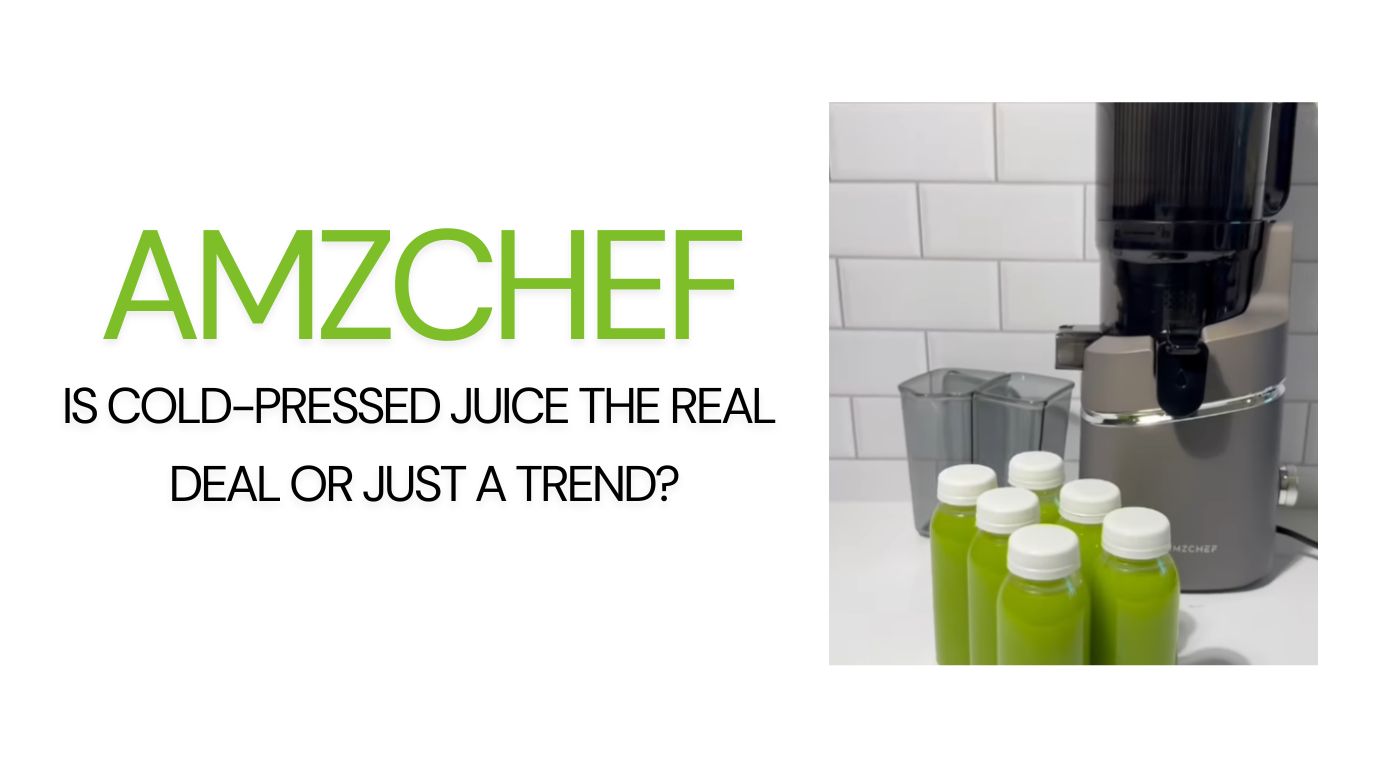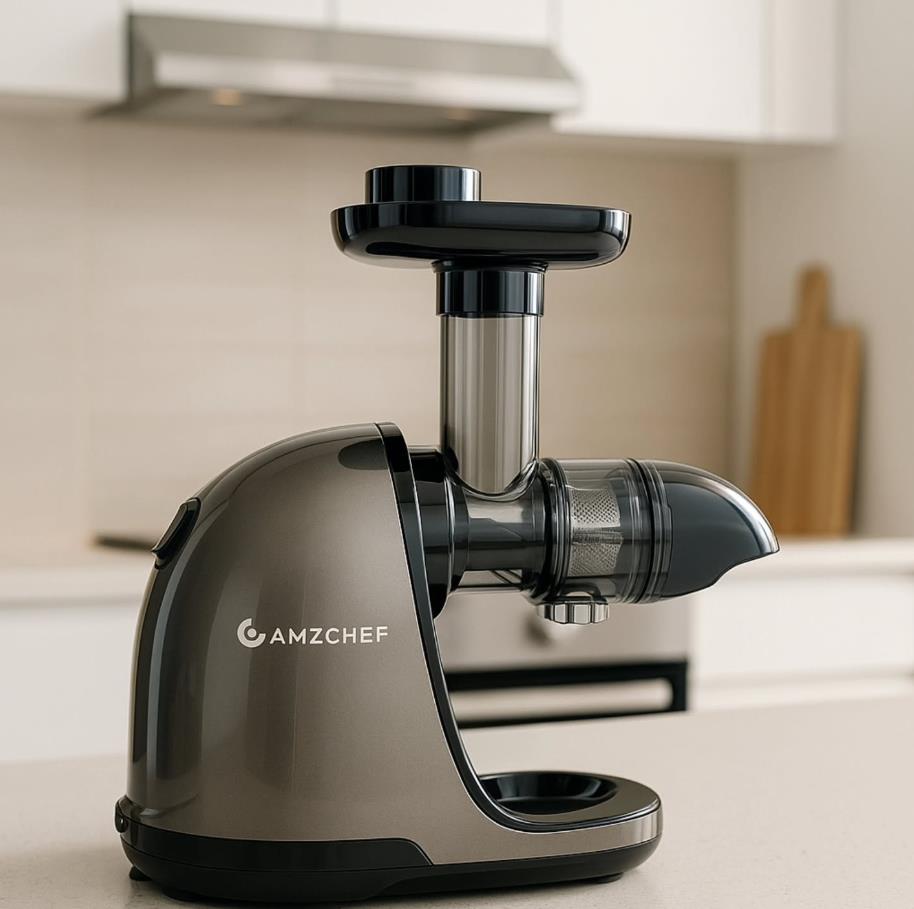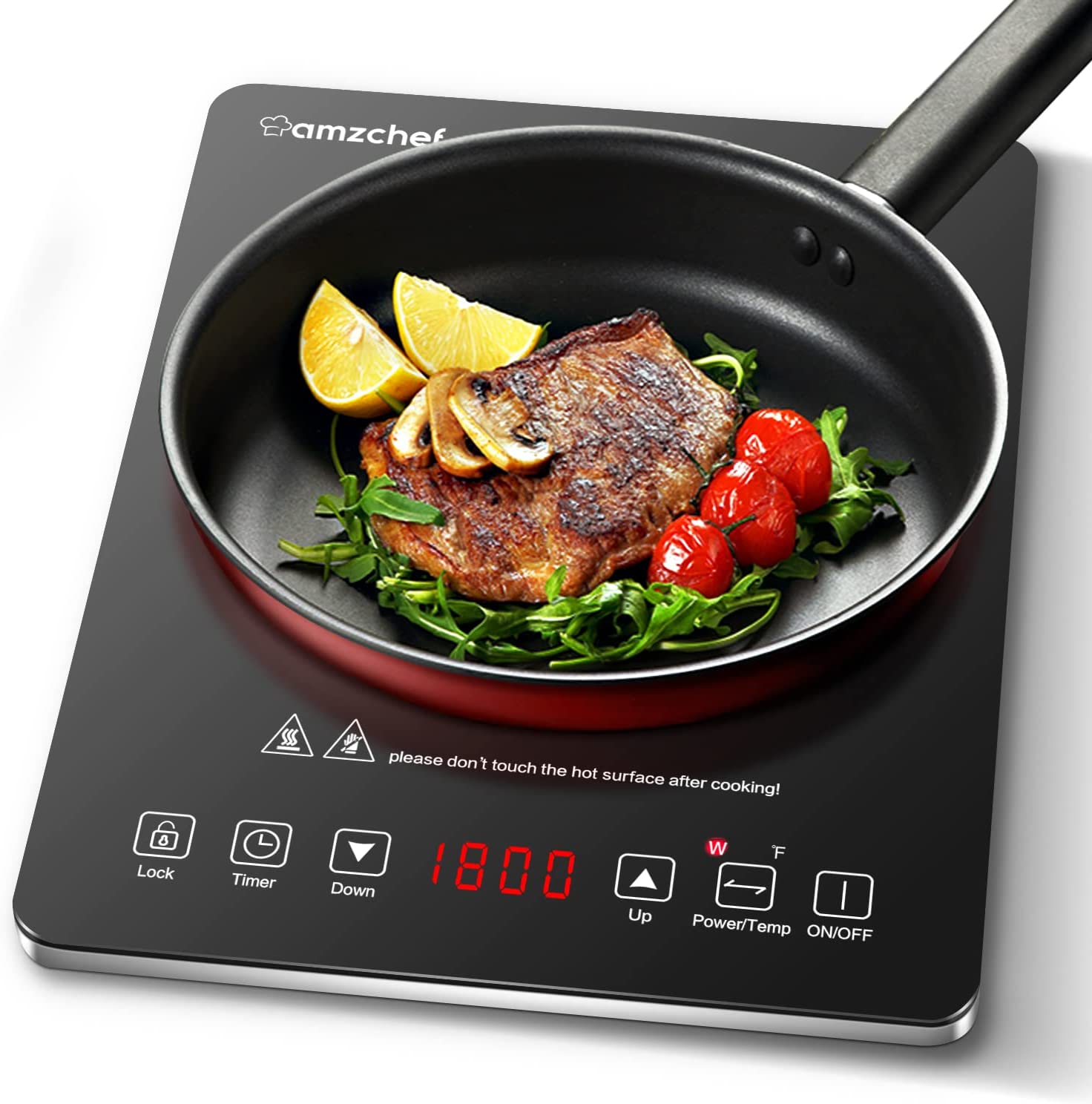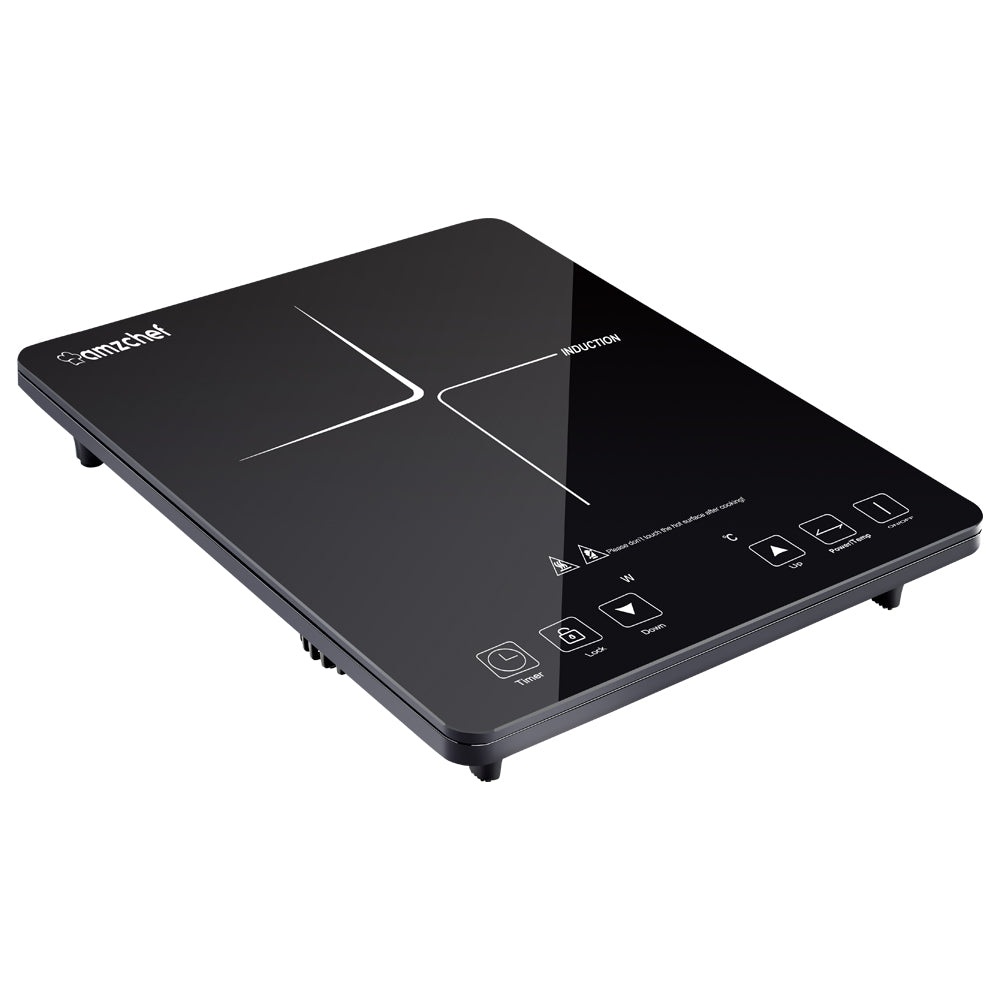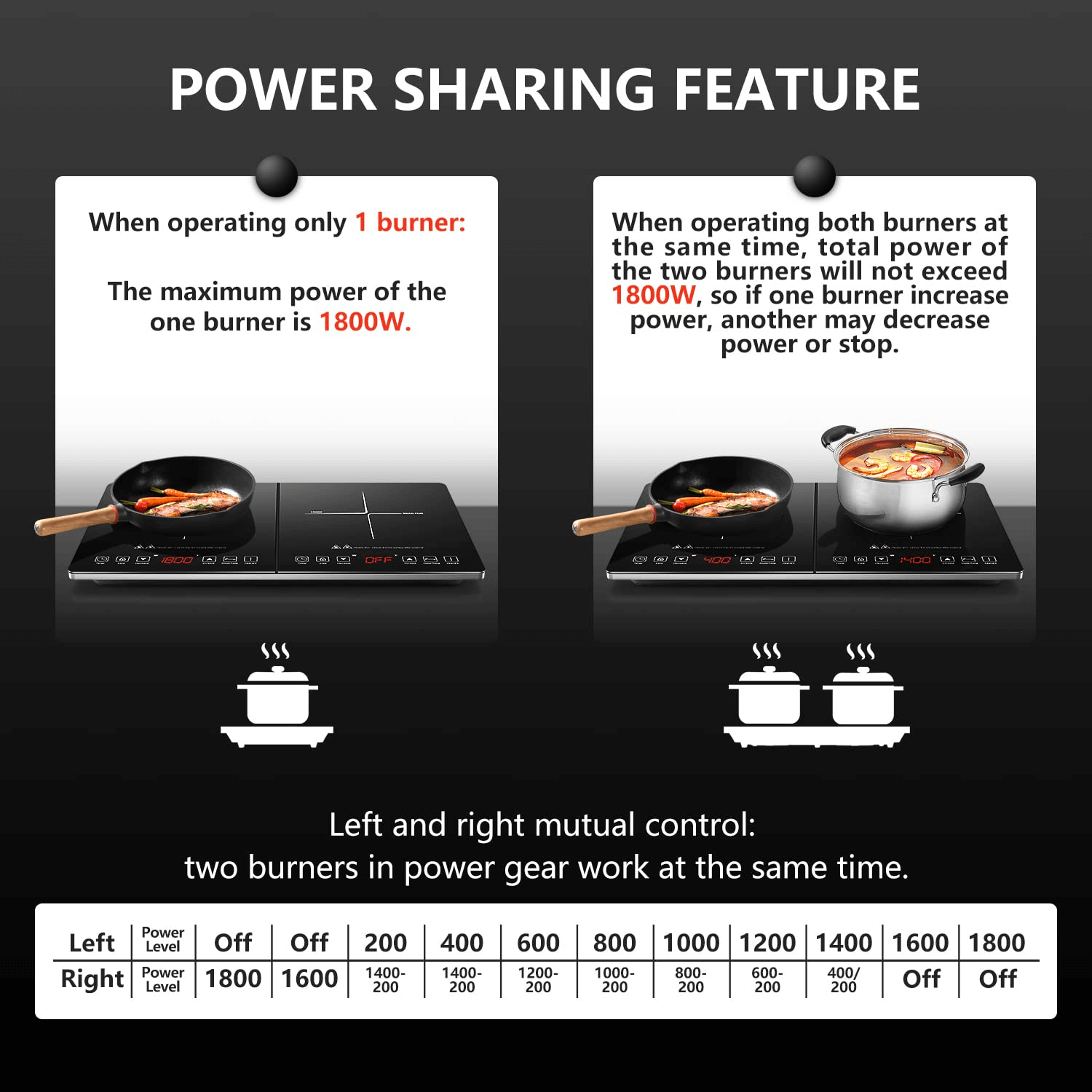The Clean Truth About Cold-Pressed Juice
Many people think cold-pressed juice is automatically “healthy.” But not all bottles are equal. Some are packed with sugar, waste precious pulp, or cost more than they’re worth it. In this article, we’ll uncover the real facts behind cold-pressed juice — how it works, its true costs, and how to drink it for the best results.
What Is Cold-Pressed Juice & Why It Matters
Cold-pressed juice is made using a hydraulic press that extracts juice from fruits and vegetables without heat. Unlike traditional juicers, it preserves vitamins, enzymes, and natural flavor.
Why does it matters? Because heat destroys nutrients, and your health deserves every bit of freshness. This method keeps your drink closer to its raw, natural form — pure energy in every sip.
Learn More: 7 Key Benefits of Using a Cold Press Juicer For Your Health
How Does Cold-Pressed Juice Work?
Imagine two forces: blades vs. pressure.
While a centrifugal juicer spins fast, introducing air and heat, the cold-pressed process uses gentle but powerful pressure, squeezing out every drop of nutrition.
There are two main types of cold-press systems:
Masticating Juicers – slow, steady, nutrient-rich output.
Hydraulic Press Juicers – often used by premium juice brands for commercial production.
A 2024 comparative study from the Nutrition Science Journal found that cold-pressed juice retains up to 42% more Vitamin C and 50% more enzymes than centrifugal methods.
Learn More: Is a Slow Juicer Better Than a Whole Fruit?
Ingredient Cost per Bottle
A single 300ml bottle usually requires:
500g–700g of raw produce
Costs around $3–$4 in ingredients (But depending on fruit type)
Retail price often ranges from $7–$10
The difference lies in waste and freshness — premium brands spend more to maintain minimal oxidation and eco-friendly packaging.
How Cold-Pressed Juice Pulp Can Be Reused Safely
One of the most overlooked benefits of cold-pressed juicing is the reusability of the leftover pulp. Instead of tossing it away, this nutrient-dense byproduct can be turned into eco-friendly, practical uses that reduce waste and promote sustainability.
The pulp still contains fiber, antioxidants, and trace minerals, especially if you’re juicing carrots, apples, or leafy greens. Over the years of making my own cold-pressed juices, I’ve found several creative and safe ways to reuse it at home:
1. 🐕 Pet Snacks: Mix apple or carrot pulp with a bit of oat flour and bake small biscuits. Dogs love the natural sweetness and it aids their digestion. (Avoid citrus or grapes for safety.)
2. 🌱 Composting: Add fruit and vegetable pulp to your garden compost bin. It decomposes quickly and enriches the soil with organic matter, helping plants grow stronger.
3. 🍪 Baking Add-ins: Blend pulp into muffins, cookies, or homemade granola for a fiber boost.
4. 🧃 Smoothie Base: Freeze pulp in small bags and use it later to thicken smoothies.
Cold-Pressed Juice Pulp Baking Recipes
Don’t throw away that pulp! Try:
Carrot Pulp Muffins – soft and rich in beta-carotene
Apple Pulp Pancakes – natural sweetness, zero waste
Beet Pulp Bread – vibrant color and earthy flavor
These recipes transform “leftovers” into healthy, creative snacks.
How to Drink Cold-Pressed Juice for Maximum Health
Timing matters:
Morning (empty stomach) → best for absorption
After workout → restores electrolytes
Avoid mixing with heavy meals — it slows digestion
Drink within 72 hours for the highest nutrient content, and always refrigerate.
Learn More: 5 Low-Sugar Cold Pressed Juices
Action: Your Health, Pressed Fresh Every Day
Ready to taste the difference that true cold-pressed freshness makes?
Start your wellness journey with Amzchef’s Cold Press Juicer, designed for maximum nutrition, minimal waste, and pure natural flavor.
Make every sip count — fresh, sustainable, and made just for you. 🌿
FAQ: Common Questions About Cold-Pressed Juice
1. Can I freeze cold-pressed juice?
Yes, but freezing may reduce enzyme activity. Consume within a week after thawing.
2. How often should I drink it?
2–3 times a week is ideal for most people.
3. Is store-bought cold-pressed juice healthy?
Only if it’s truly “cold-pressed” and not pasteurized. Check the label!!!
4. Does it really detox the body?
It supports liver and kidney function indirectly, but detoxing is a body process — not a juice miracle.
5. Can I mix different fruits and veggies?
Absolutely. Just balance sugar-heavy fruits with greens for stable blood sugar.
Conclusion
Cold-pressed juice isn’t just a trend — it’s a science-backed way to get clean, raw nutrition quickly.
When made right, it delivers freshness, enzymes, and natural taste — all while reducing waste and supporting a sustainable lifestyle.
Next time you open a bottle, remember: it’s more than juice — it’s nature, pressed perfectly.
Learn More: 90 JUICING RECIPES FOR THE SLOW JUICER FOR 2025
About the Author
I’ve been experimenting with cold-pressed juice at home for over 5 years — from composting leftover pulp to testing ingredient ratios for optimal flavor.
If you want to discuss recipes or share your juice hacks, reach out anytime at info@iamzchef.com.

